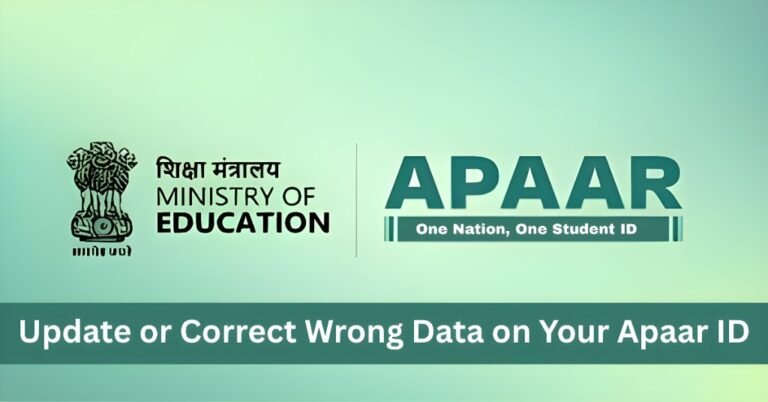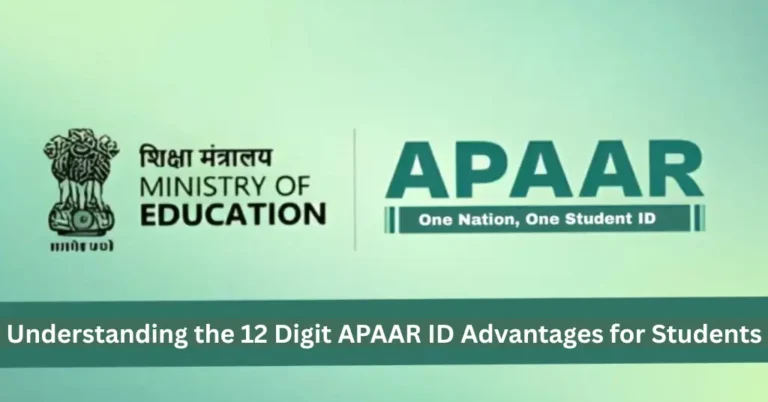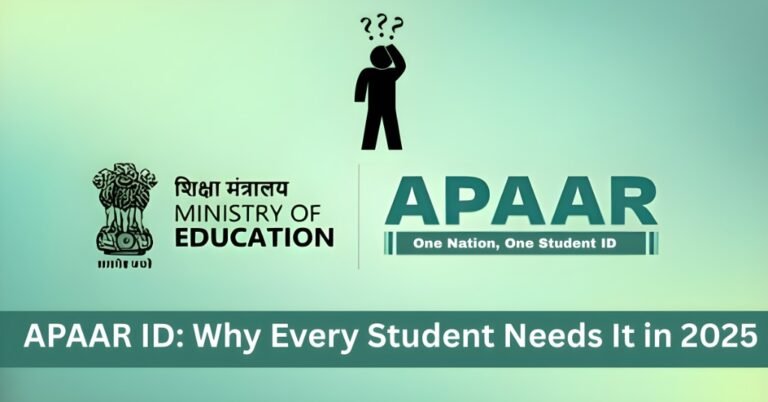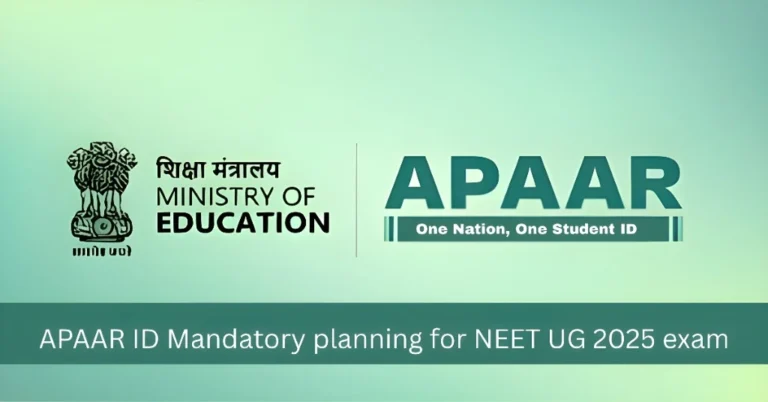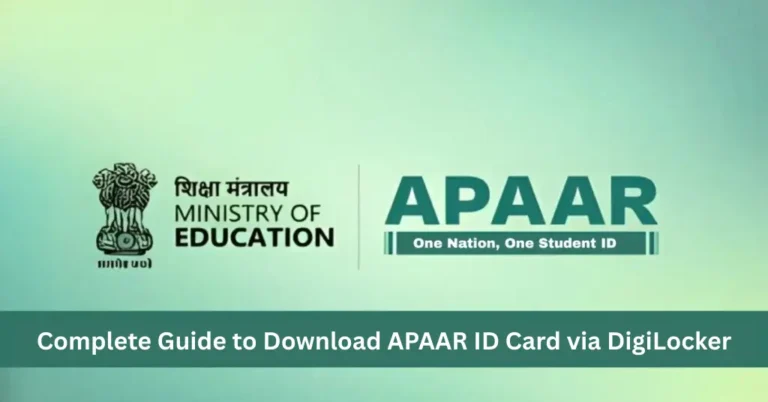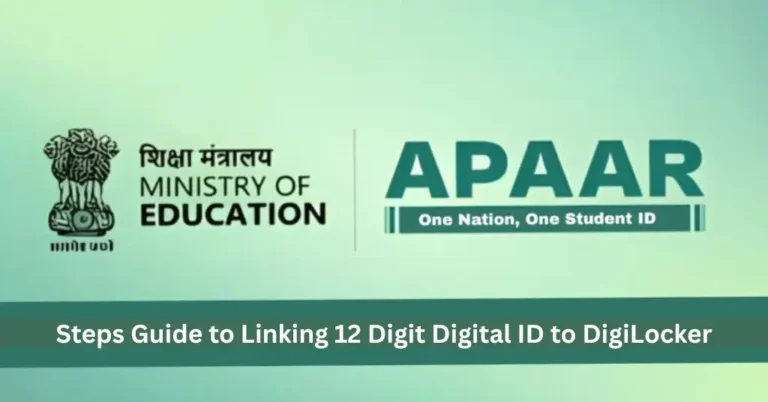How to Register APAAR ID and Download in 2025 (APAAR) ID is your personal 12-digit key to all your academic records in one secure digital platform. Developed under India’s National Education Policy (NEP) 2020, it provides students with an efficient, transparent, and centralized way to store and manage their academic achievements—making it easier to access, share, and verify your educational details.
Who Needs an APAAR ID Qualify
If you’re a student in India, you’re likely to benefit from having an APAAR ID. Here’s who should consider getting one: School Students It’s essential for primary to higher secondary students. University Students A must for those pursuing undergraduate or Fix APAAR ID Status.
Not mandatory everywhere, but getting your APAAR ID is still a smart move for easy access to all your academic records in one place. Vocational Learners: Even students in skill development programs can benefit.
How to Register for Your APAAR ID in 2025 The Easiest Steps
Visit the Official ABC Portal: Start by going to the Academic Bank of Credits website.
Create Your Account: Choose the ‘Student’ option under ‘My Account.’
Enter Your Personal Info: Fill in your name, Aadhaar number, and contact details.
Pick Your School or College: Select your institution from the provided list.
Download Your APAAR ID Simple and Quick
Login to DigiLocker: Visit DigiLocker and sign in using your Aadhaar-linked mobile number.
Go to ‘Issued Documents’: You’ll find a section for documents that have been issued to you.
Search for Your APAAR ID: Use the search bar to locate your APAAR ID.
Download: Click to view and download your academic details.
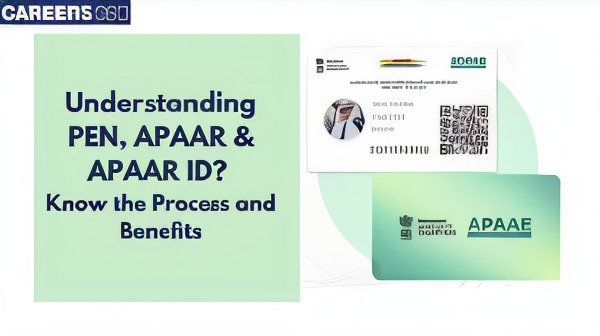
Mind Blowing Benefits of APAAR ID
Instant Access to All Your Academic Records: No more hunting for certificates and marksheets—everything is stored securely.
Seamless Credit Transfers: Easily move between institutions without missing a beat.
Proof of Academic Integrity: A quick way to verify your credentials for employers or further
Eligibility for Scholarships: Some programs may require an APAAR ID to apply.
Lifetime Access: Keep your records even years after graduation.
Troubleshooting Tips Fix Issues Fast
Missing ID: Confirm that your school or institution has submitted your data to the ABC portal.
DigiLocker Access: Ensure your Aadhaar is linked to your mobile number.
Incorrect Details: Contact your school or university to fix any mistakes in your personal data.
Is APAAR ID Mandatory for NEET UG 2025 Registration?
No, the APAAR ID is not required for NEET UG 2025 registration. However, integrating it into your application may help in streamlining the verification process.
How Do I Register for APAAR ID if I Missed School Registration?
If you missed registration through your school, you can still apply online via the Academic Bank of Credits (ABC) portal. Simply link your Aadhaar and follow the registration steps.
Can I Use APAAR ID for International Education?
Currently, APAAR ID is designed for the Indian education system. However, its integration into global academic systems could be a possibility in the future, making credit transfers easier.
Can I Change My Personal Details After Registration?
Yes! If you notice any mistakes in your personal information after registration, reach out to your institution to have them updated in the system.
What Happens If I Forget My APAAR ID?
Don’t worry! You can recover it through DigiLocker by logging in with your Aadhaar-linked mobile number and retrieving your ID from the ‘Issued Documents’ section.
Final Words
Your APAAR ID is more than just a number. It’s a digital passport to your entire academic life, and in 2025, it’s a tool that will make navigating your education smoother, faster, and more efficient.
By registering through DigiLocker or the Academic Bank of Credit, keeping your details updated, and safeguarding your login credentials, you can fully benefit from this initiative. For students under 18, parental consent via the official form is essential, enabling them to start building a verified and easily accessible academic history from the earliest stages of learning.
